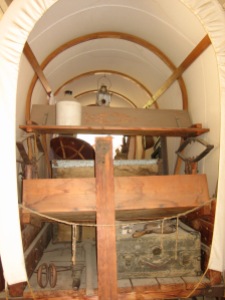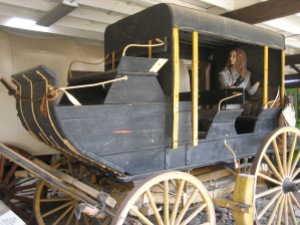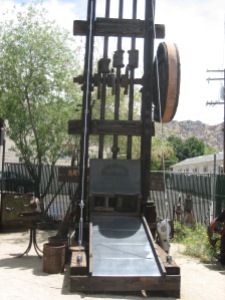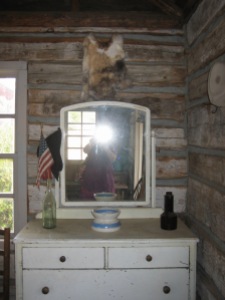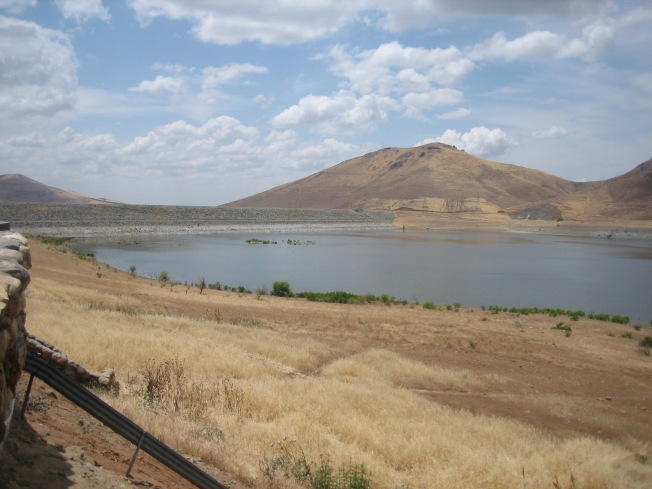
Within the last year, the DOT installed crisis hotline call boxes on the Bridge. It was a long time coming. Every time someone committed suicide by jumping from the Bridge, there was an outcry that something needed to be done. One idea offered was to install nets to catch anyone who jumped. Another idea offered was to install phones to connect people with suicidal thoughts to the suicide prevention hotline.
I think people who truly want to end their lives will find a way to do so. However, I also think we (as a society) should do whatever we can to help people who are thinking about committing suicide. Many people having suicidal thoughts need counseling or other assistance, but don’t truly want to die. I’m not opposed to the crisis hotline phones, although I’m not sure they will actually keep anybody from jumping. Until statistics on how many lives were saved through the use of the phones are published in the local paper, we’ll probably never know if they are successful.
In any case, I am glad the phones provide an immediate way for folks who are considering jumping from the Bridge to get counseling from someone with training.

This call box is out on the Bridge. In addition to the message “YOU ARE LOVED,” someone has also written on it, “Somewhere in the world someone is drinking coffee and smiling.”
When I left the Bridge over a year ago, the phones were in the process of being installed. Since I’ve been back, I’ve watched tourists notice and react to the phones.
Some people are confused by the phones, probably because they don’t much look like telephones. There’s no receiver and no keypad. There’s simply a button to push to connect to a counselor, and a series of holes which make up the speaker. I see people noticed the phone across from the vending area, do a double take, then stop and exam the phone while trying to figure out its purpose before moving on. I guess “call box” is a more accurate term for this equipment, but most of us vendors still call them “phones.”
Some people think the call boxes are pretty funny. When these folks realize what the call boxes are for, I hear them laughing, see them pretend to press the call button. Some of these jokesters (usually older-than-middle-age, ostensibly white men) pose in front of the call box and have someone in his party take a photo.
I don’t think the call boxes are funny. I don’t think suicide or attempted suicide is funny. As someone who’s struggled with (lived with, fought against) depression and suicidal thoughts for over 30 years, I don’t think anything associated with jumping off the Bridge is funny. I’ve been at the Bridge in the hours after someone has jumped, and it’s awful—sad, depressing, demoralizing, sobering. There’s nothing silly or lighthearted or funny about it.

This call box is the one closest to the vendors. Friends of someone who jumped wrote their words of love and grief on it.
One Sunday at the end of November, the call button on the phone directly across the highway from the vendors was pressed twice.
Business was excruciatingly slow that day. It was cold and overcast, with few tourists and fewer shoppers. I was still at the Bridge less because I actually hoped to sell anything and more because I wanted to spend time with my vendor friends.
Out of the quiet of the day, I heard what I thought was a cell phone set on speaker ringing. The sound was louder than it would have been if someone nearby had actually had their phone set on speaker and was waiting for the person called to answer. I looked around to try to find the source of the sound.
No one else seemed to notice it.
I continued to look for the source of the sound. I glanced across the road and saw an Asian tourist family—a mom with two kids under ten years old—hanging around the crisis hotline call box. The mom looked confused, but the kids were giggling. I realized the ringing was coming from the call box.
I began screeching, They dialed the suicide phone! They dialed the suicide phone!
Vendors turned to look at me. I was pointing at the tourist family and still screeching, They dialed the suicide phone!
The crisis counselor came on the line and asked how she could help. The tourist mom said, Wrong number! quite loudly, and we all had to wonder how one could dial the wrong number on a phone that only connects to one place.
Hours later, only three vendors were left, and two of us were packing to leave. As Tea helped me fold my tablecloths, the other vendor told us that some kids had pushed the call button on the crisis hotline call box as they walked by. Sure enough, I could hear the ringing, then the counselor’s voice. The other vendor said the cops would be sent out if no one responded to the counselor.
What a waste of time and money and human emotion it would be if first responders were dispatched to look for a potential jumper or a body that wasn’t even out there. So I hurried across the street to talk to the counselor on the other end of the line.
When I walked up to the phone, the counselor was saying, Are you there?
I explained I was a vendor and one of us had seen some kids press the call button, but everything was ok. She thanked me, and I went back to finish packing before the snow started.
Wouldn’t you know, the car full of kids (teenage boys) who’d pressed the call button stopped on the highway right in front of the call box. One young man got out of the car and stood next to the call box.
I started screeching, Don’t press that button! as I stalked across the road. The boy looked confused and a little frightened.
I forget what I look like to other people. Here I was, this short little woman with fleecy, black sweatpants peeking from beneath a light summer skirt that didn’t match my heavy, multicolored wool sweater, the hood of the jacket under the sweater pulled up over my handmade wool hat that didn’t match anything I was wearing. And not only was I wearing weird clothes, I was also yelling and walking toward the kid. No wonder the young man looked concerned.
As I was repeating, Don’t push that button! the young man said, They (his friends, I presume) wanted me to hear what it said.
By that time I was standing in the road in front of the car so the boys couldn’t drive away until I was finished with them.
Do you know what that it? I asked him as he climbed back into the passenger seat.
He said he didn’t know. I told him it was a suicide hotline phone and if someone pushed the button, the cops would come out.
About then, I saw a truck hauling wood approaching in the lane behind the car full of young men. Tea saw the truck too and started shrieking at me, Blaize! Get out of the road! Get out of the road!
I yelled across the street to her, I see it! It (meaning the truck) can stop!
Then I turned back to the car full of young men and said, Don’t fuck with it! (meaning the crisis hotline phone.) I stepped up on the sidewalk and let the car full of young men drive away, then waved at the confused people in the truck as they slowly went past me.
I don’t have a job description at the Bridge, but if I did, I guess I’d have to add “crisis hotline call box monitor” to it.

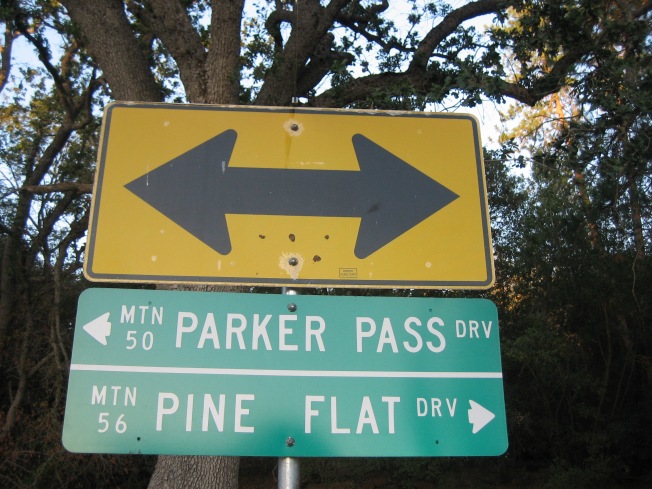


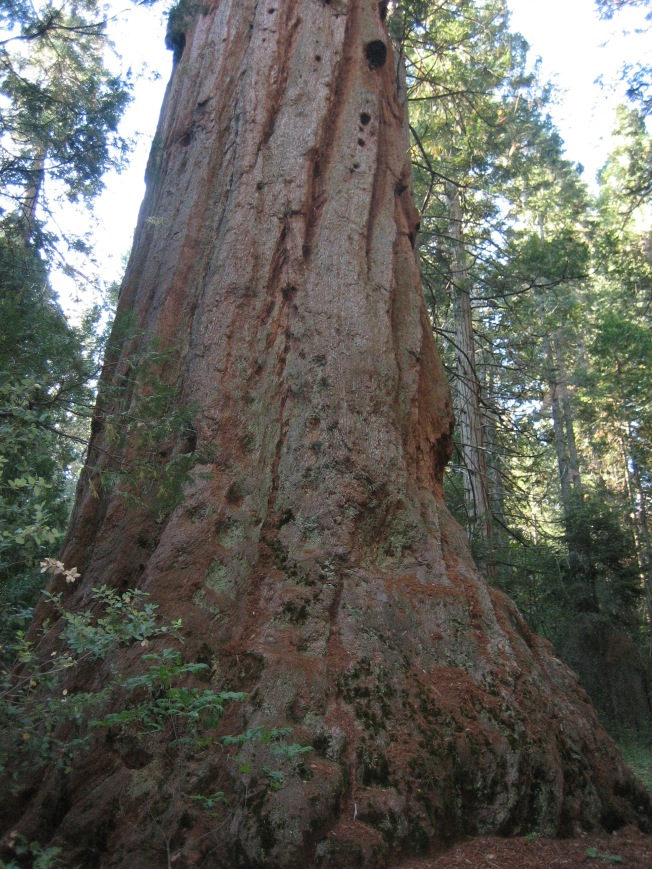

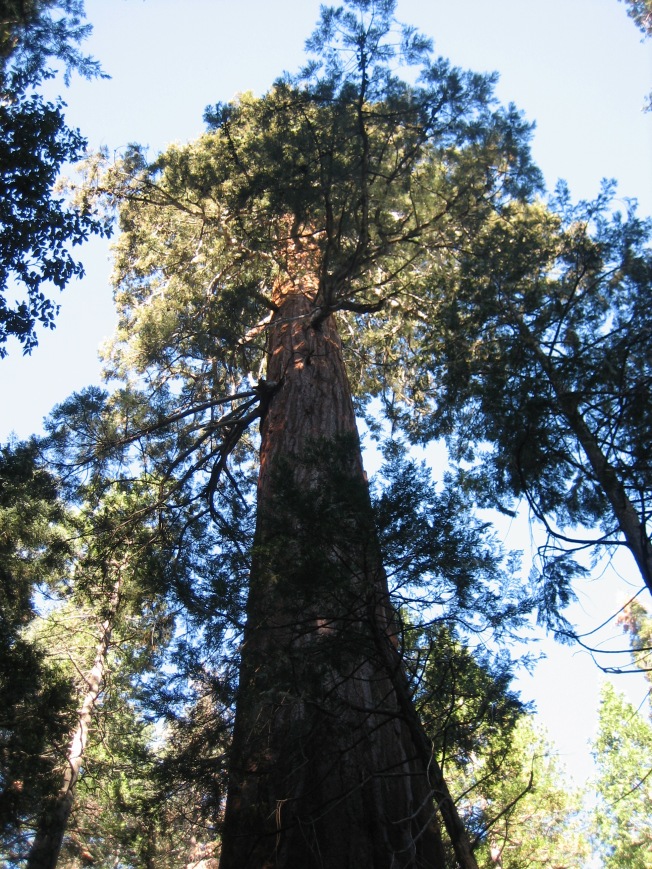

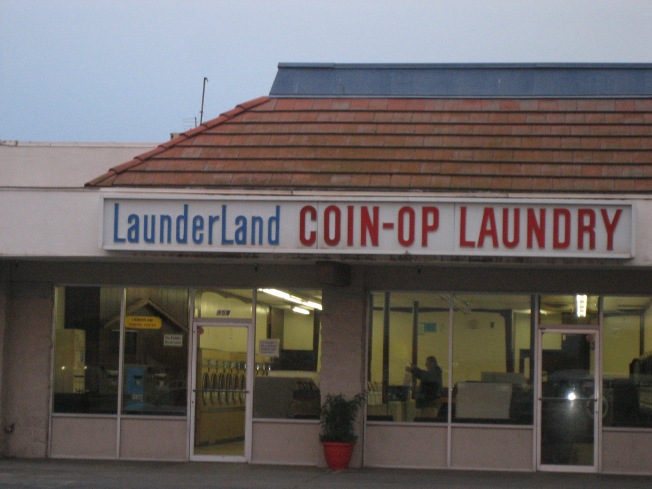
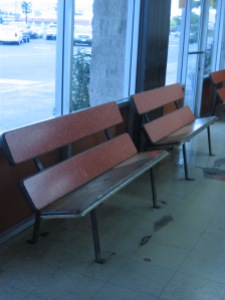


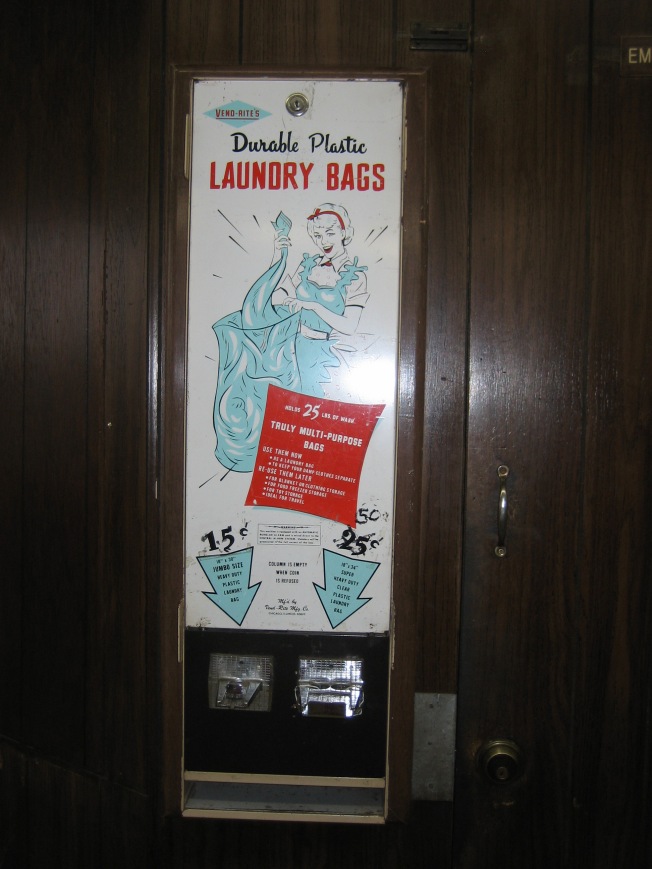
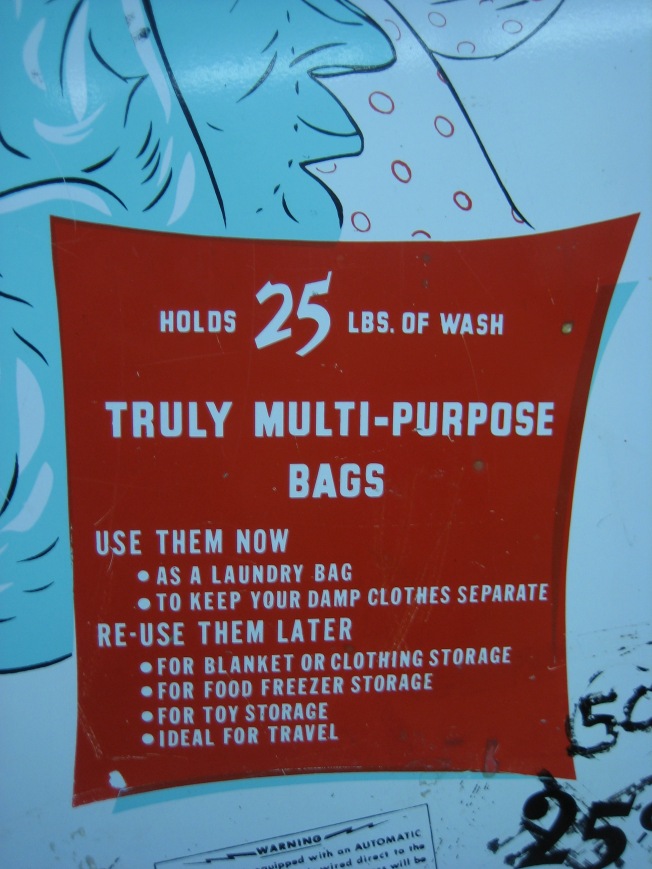
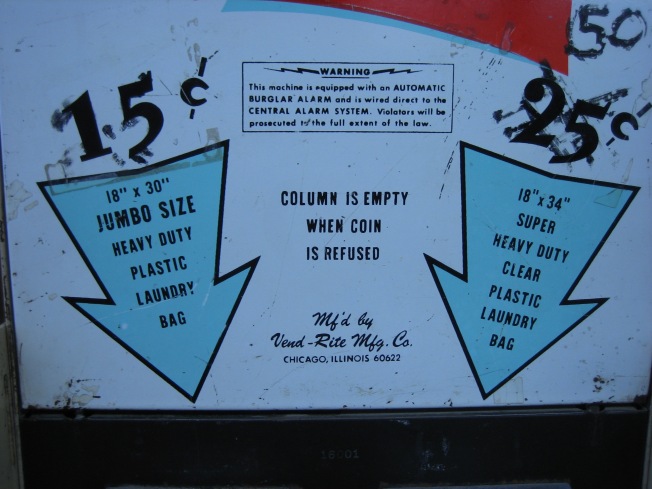


 The man said when he pulled into site #7, he ran over one of the short wooden posts that mark the boundary of the parking space. He said he hadn’t seen the barrier because it was shorter than the rest. He seemed to imply that his flat tire was the fault of the company I worked for or maybe the Forest Service, whoever was responsible for the difficult-to-see wooden post. I remained calm and noncommittal when he insisted I walk over and see the wooden post. Sure, it was shorter than the rest of the barrier posts, kind of worn down with age, but it wasn’t invisible. None of the other people who’d pulled into site #7 during the summer had run over it.
The man said when he pulled into site #7, he ran over one of the short wooden posts that mark the boundary of the parking space. He said he hadn’t seen the barrier because it was shorter than the rest. He seemed to imply that his flat tire was the fault of the company I worked for or maybe the Forest Service, whoever was responsible for the difficult-to-see wooden post. I remained calm and noncommittal when he insisted I walk over and see the wooden post. Sure, it was shorter than the rest of the barrier posts, kind of worn down with age, but it wasn’t invisible. None of the other people who’d pulled into site #7 during the summer had run over it.


